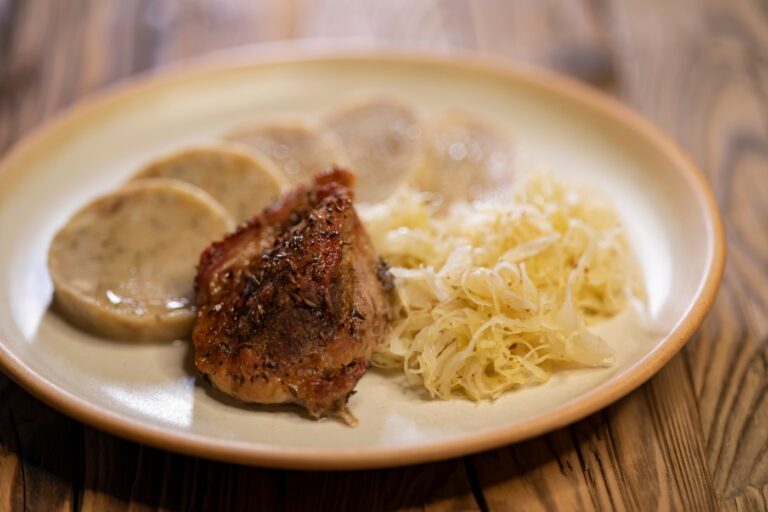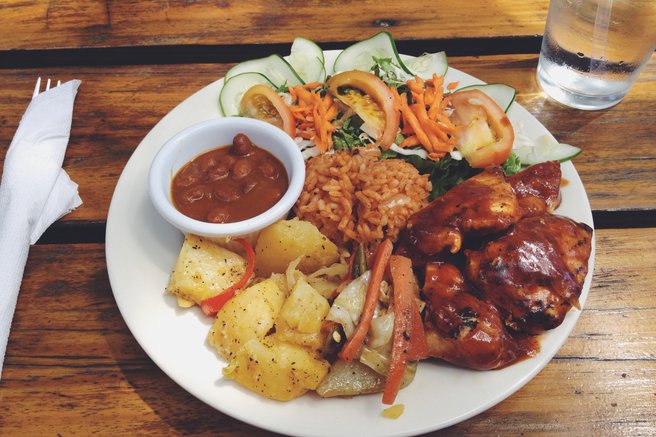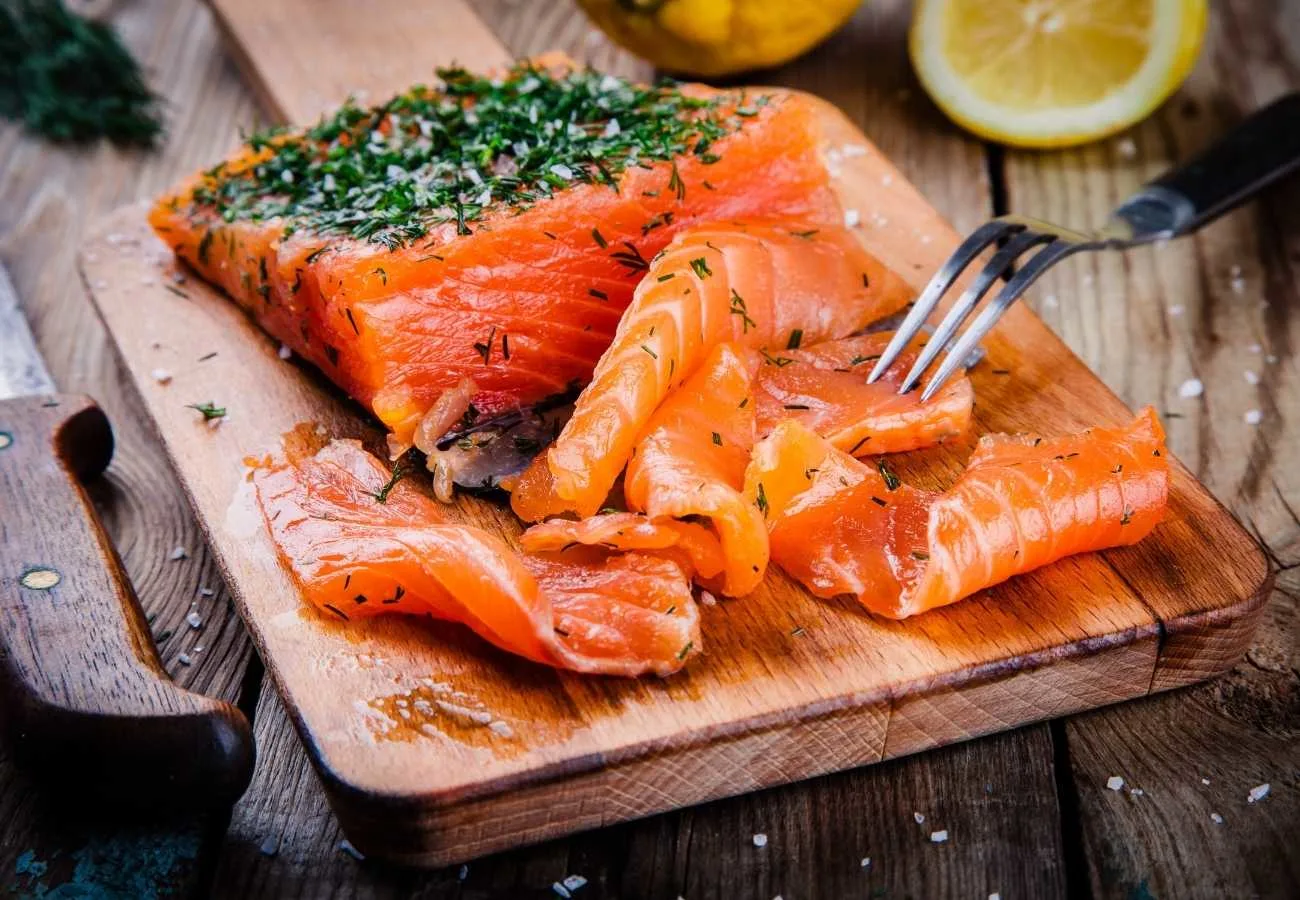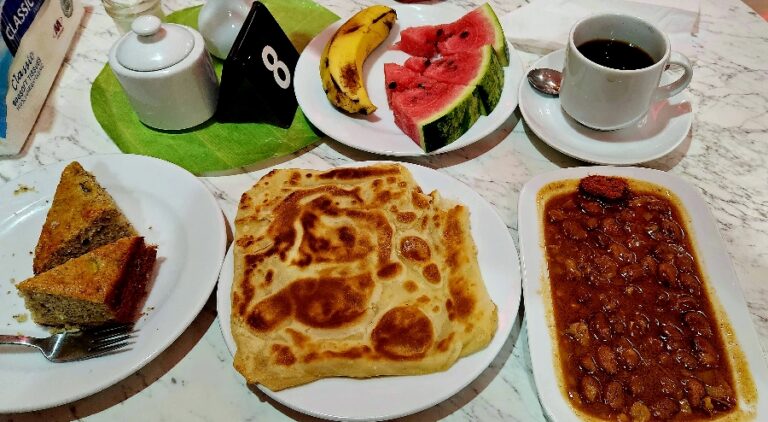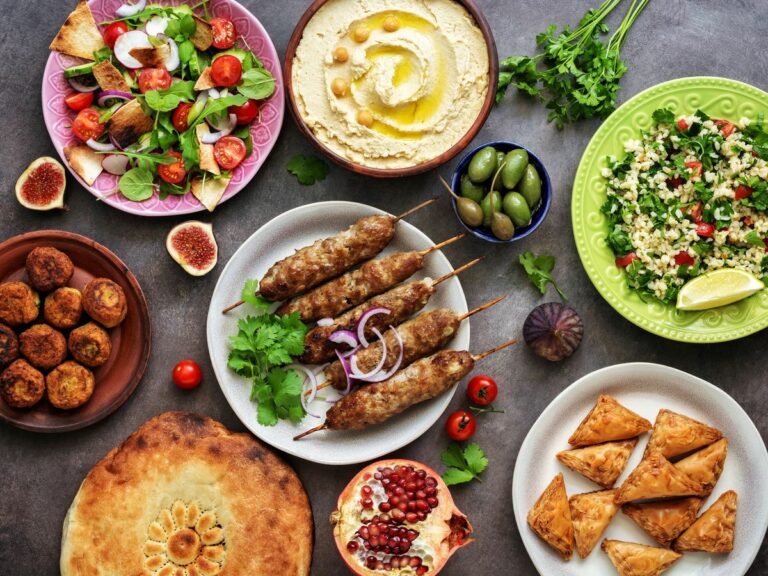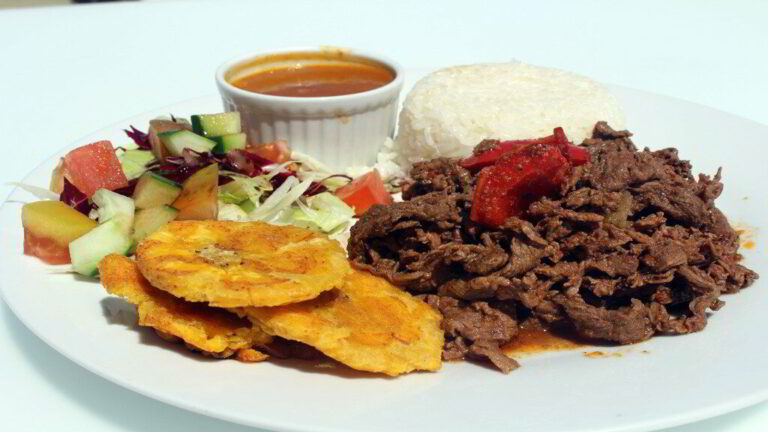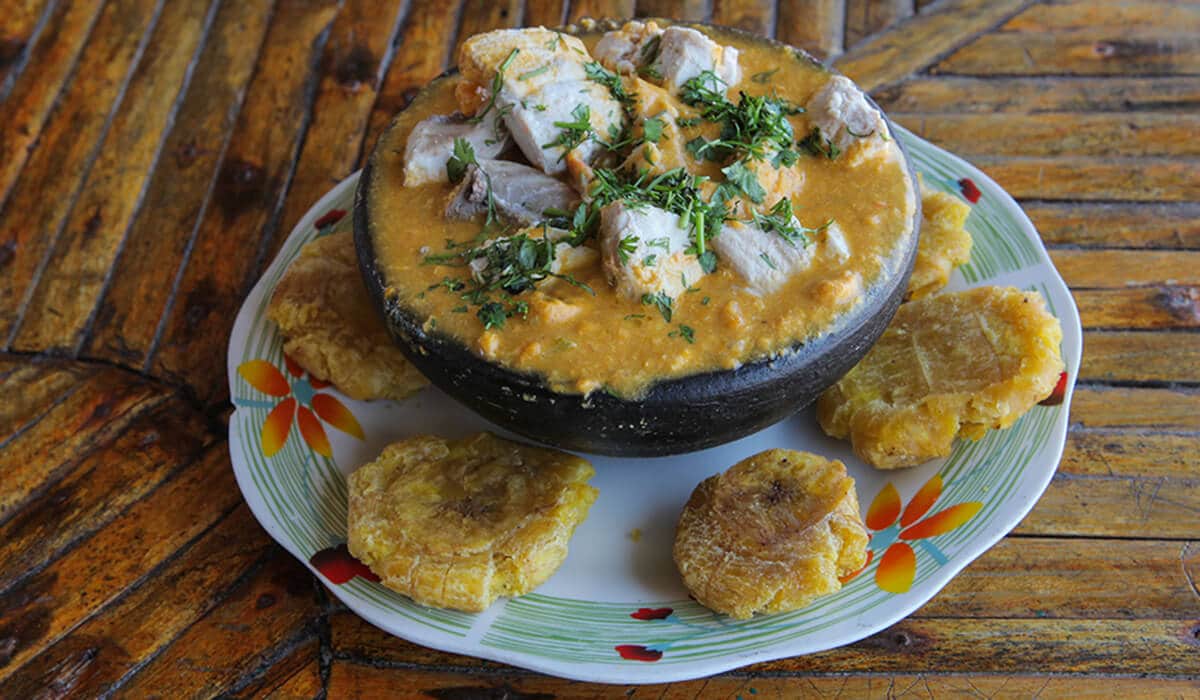Introduction
Czech cuisine is known for its hearty and comforting dishes, many of which feature meat as a central ingredient. Pork, in particular, plays a significant role in Czech cuisine and is used in a variety of ways to create delicious and satisfying meals. Whether you are a meat lover or a vegetarian, understanding the role of pork in Czech cuisine can help you appreciate the country’s culinary traditions and explore its unique flavors.
Historical context
Pork has been a staple in Czech cuisine for centuries, dating back to the Middle Ages when pig farming was a common practice in rural areas. Pigs were raised for their meat, which was abundant and affordable, and it became a popular ingredient in traditional dishes. Even today, pork is still a primary source of protein in Czech cuisine and is often served during special occasions like Christmas and Easter.
Pork in traditional dishes
Pork is used in a variety of traditional Czech dishes, from soups and stews to roasted meats and sausages. One of the most popular dishes is vepřová pečeně, which is roasted pork with dumplings and sauerkraut. Another well-known dish is svíčková na smetaně, which is beef sirloin served with a creamy vegetable sauce, but can also be made with pork. Pork is also used to make hearty soups like gulášovka and kulajda.
Famous Czech pork dishes
In addition to traditional dishes, Czech cuisine has several famous pork dishes that are a must-try for any visitor. One of these is the knedlo-zelo-vepřo, which is a combination of dumplings, sauerkraut, and roasted pork. Another popular dish is the utopenci, which is a pork sausage pickled in vinegar and served as a snack or appetizer.
Regional specialties
Czech cuisine varies by region, and each area has its own specialties that feature pork. For example, in the Moravian region, you’ll find moravské vrabce, which is a dish made with pork belly, onion, and paprika. In the Bohemian region, the dish bramborák, which is a potato pancake with pork or other meat, is a favorite.
Modern twists on pork dishes
While traditional dishes are still popular in Czech cuisine, modern twists on pork dishes are gaining popularity. Chefs are experimenting with new ingredients and techniques to create dishes that are both traditional and contemporary. For example, you might find pork belly served with Asian spices or sous-vide pork with a fruit reduction.
Vegetarian and vegan options
While pork is a significant ingredient in Czech cuisine, there are also plenty of vegetarian and vegan options available. Many traditional dishes can be adapted to be meat-free or feature vegetables as the main ingredient. For example, you can try the traditional dish knedlíky with a mushroom or spinach sauce in place of the pork.
Conclusion
Pork is an essential ingredient in Czech cuisine, and whether you are visiting the country or simply want to explore its culinary traditions, understanding its role in traditional and modern dishes can help you appreciate the unique flavors and ingredients used in Czech cooking. From hearty stews to modern twists on classic dishes, pork is a versatile and delicious ingredient that is sure to satisfy any appetite.

